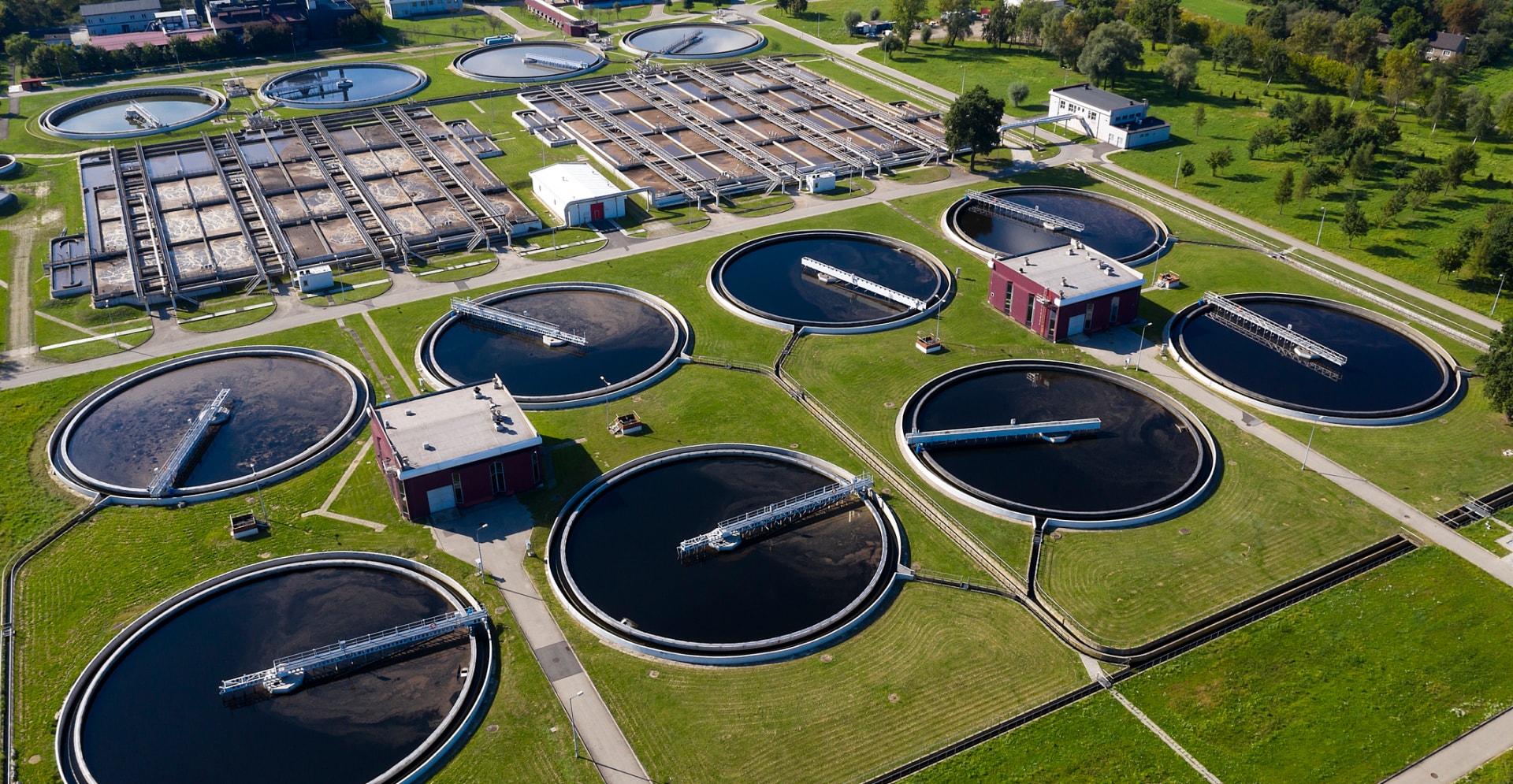America’s water and wastewater infrastructure grades were far from spectacular. But calculating the grades and discussing them with legislators highlighted opportunities for improvements across the water cycle.
One of the things I love about the ASCE infrastructure report card is how clear and concise it is to communicate to people outside of the water industry. They can see the grades for water and wastewater (C- and D+, respectively) and understand that there is work to be done and the ways it may impact them if action isn’t taken. It’s part of the reason I jumped at the chance to join the report card committee when invited.
Although the grades might be simple, it was exciting to see all that goes in to creating the report card and sharing it with people – especially legislators. Some of the insights I picked up as a first-time author might help you see how we hope to improve our grades in the upcoming 2025 report card.
Crunching the numbers
The grades themselves draw from a collection of key topics. We evaluate infrastructure in terms of capacity to meet demand, current and near-future conditions, funding availability at all levels of government, future investment needs for renewal, abilities to operate and maintain the systems, public health and safety impacts, resilience, and the application of innovation.
You would think that you could just take the individual state report cards and roll them up to get a national score, but it’s not that simple. Reviewing state report cards, which is also part of the National Committee activities, revealed different levels of detail from one state to the next, which leads to some degree of subjectivity when comparing datasets. Some states have enacted asset management plan requirements, but it would be great to see them implemented and standardized nationwide for water and wastewater to include performance data. And while groups like the AWWA and Bluefield Research provide great snapshots of infrastructure conditions, comprehensive state databases would help us collect more useful insights and gain a clearer picture of where infrastructure stands in 2025. More utilities are realizing the value of capturing and collaborating data across teams as they embrace digital solutions, imagine how powerful it could be on a national scale.
No matter the topic, people are paramount
Trying to quantify these variables together had me thinking about our Fit-for-Future Water Utilities insights; there’s varying levels of overlap between the topics, and cases where you can’t talk about one without considering another. But in both instances, many discussions came back to how people tie it all together.
Innovation is a great example. Many utilities are now turning wastewater from a cost to a funding source. Turning biosolids into fertilizer, for example, or processing wastewater to create gas and go energy neutral. We need to seize any opportunity to elevate our technology and delivery methods to chip away at the funding gap. But the real success lies with the people who utilize the new solutions. Change management will have as much impact on raising our grade as an advanced asset management program or resilience project.
Campaigning for water
Even if your utility is ready and willing to change, we know it all comes down to costs. One of our duties as authors was to share the report with legislators. While we did not get the chance to visit DC this time due to the pandemic, I still felt a rush of anticipation ahead of my meetings with aides from the House and Senate.
They recognized that a failing infrastructure meant trouble for public health and safety as well as the American economy, and that climate change is accelerating the challenges. We discussed how, on one hand, extreme weather events are shrinking expected asset lifecycles, and pipes we thought would operate for 100 years may be failing decades earlier. Currently, extreme weather events are more widespread and costly – NOAA recorded 22 billion-dollar weather events in 2020 alone.
When the conversation made its inevitable turn to funding, I advocated for fully funding low-interest loans from programs like the Drinking Water and Clean Water State Revolving Fund and Water Infrastructure Finance and Innovation Act. I’ve seen firsthand how clients have used them to make needed infrastructure improvements without immediately impacting customer rates and affordability.
It was a pleasant surprise a short time later to see a bipartisan bill, the Drinking Water and Wastewater Infrastructure Act of 2021, which would allocate $35 billion for water and wastewater improvements, introduced to the Senate in March. And you can bet I used my new lines of contact to call in my support. The bill was approved in April, and the funds will be crucial in helping utilities – especially ones in disadvantaged areas – provide more resilient, affordable services.
Another legislative point worth noting: The water infrastructure grade improved from a D+ in 2017 thanks to some of the new requirements in the 2018 America’s Water Infrastructure Act around vulnerability assessments, emergency response planning and more. Now we believe it’s time to enact similar requirements for wastewater to help raise that grade.
Becoming fit-for-future can raise our grades
Working on the report card taught me a few things, but it also reinforced what we’ve been learning through our own research and projects. There is no cure all for challenges like aging infrastructure, but there are opportunities to address them across the water cycle.
Fit-for-Future Water Utilities details the ways innovation, Intelligent Water, resilience, advanced asset management and workforce/DE&I can help us achieve long-term resilience, sustainability and affordability. Check out the interactive web experience, podcasts and whitepapers for more on how we can move water to the head of the class.





